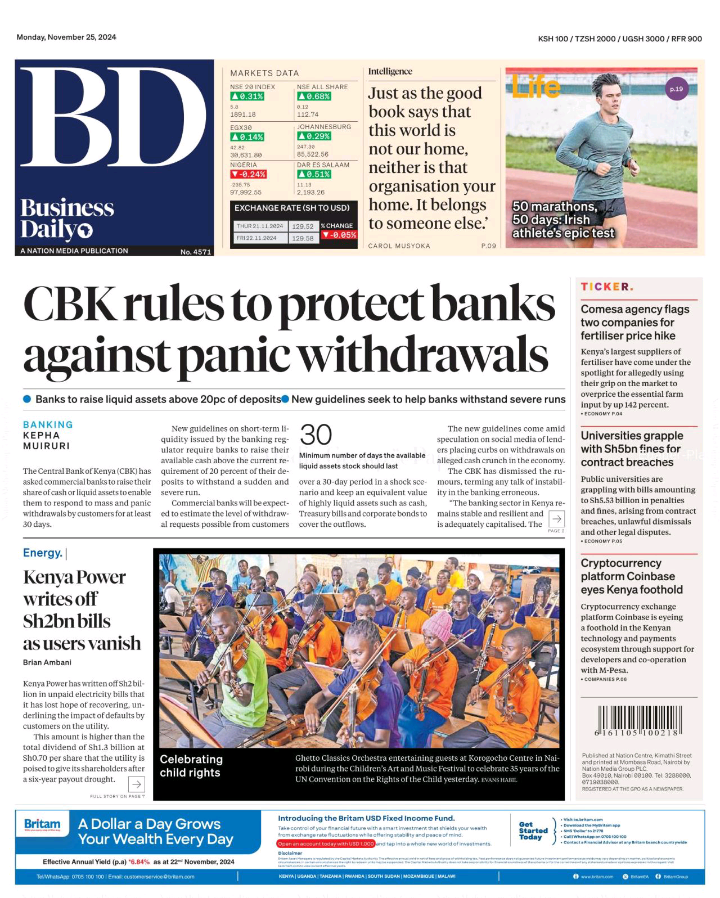The Central Bank of Kenya (CBK) has provided fresh guidelines, urging commercial banks across the country to increase their liquid assets above the current 20% deposit requirement. According to CBK, this rule aims to withstand potential mass withdrawals for at least 30 days, aligning with international Basel Ill regulations.
These guidelines have been drafted with technical help of International Monetary Fund (IMF), aiming to strengthen banks’ resilience against sudden financial shocks by maintaining adequate unencumbered high-quality liquid assets that can be quickly converted to cash.
ALSO READ: Rigathi Gachagua: Reasons For My Fallout With President William Ruto

The CBK, however, made it crystal clear that the ruling is not directly related to the ongoing social media speculations about stability of banking sector, despite coincidence with the timing.
These new guidelines reflect lessons learned from global banking crises, including the 2023 collapses of Silicon Valley Bank and Credit Suisse, which exposed limitations in existing liquidity requirements.
ALSO READ:Kenya Seeks New Partner for JKIA Expansion After Cancelling Adani Deal
Nonetheless, Kenya’s banking sector currently maintains an average liquidity ratio of 51% which is above the statutory minimum.
The regulations are part of Kenya’s
broader transition to Basel IIl standards, which were first recommended in 2013 following the 2008 financial crisis, though recent global banking sector upheavals have led regulators to question whether these rules need further improvement to effectively protect against modern banking risks.